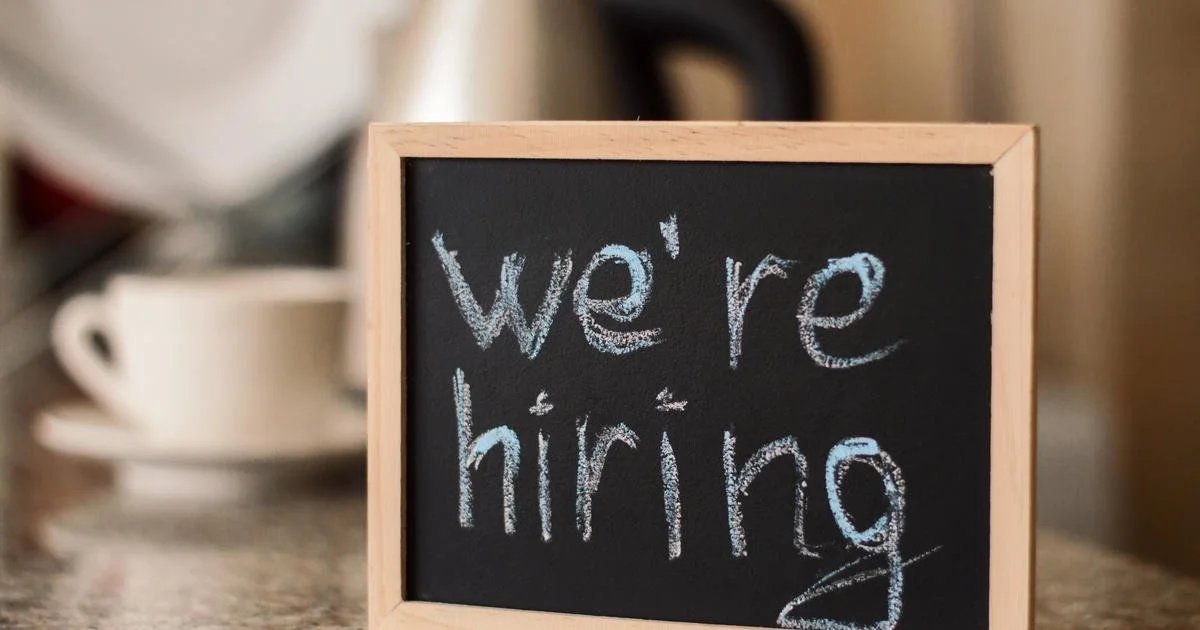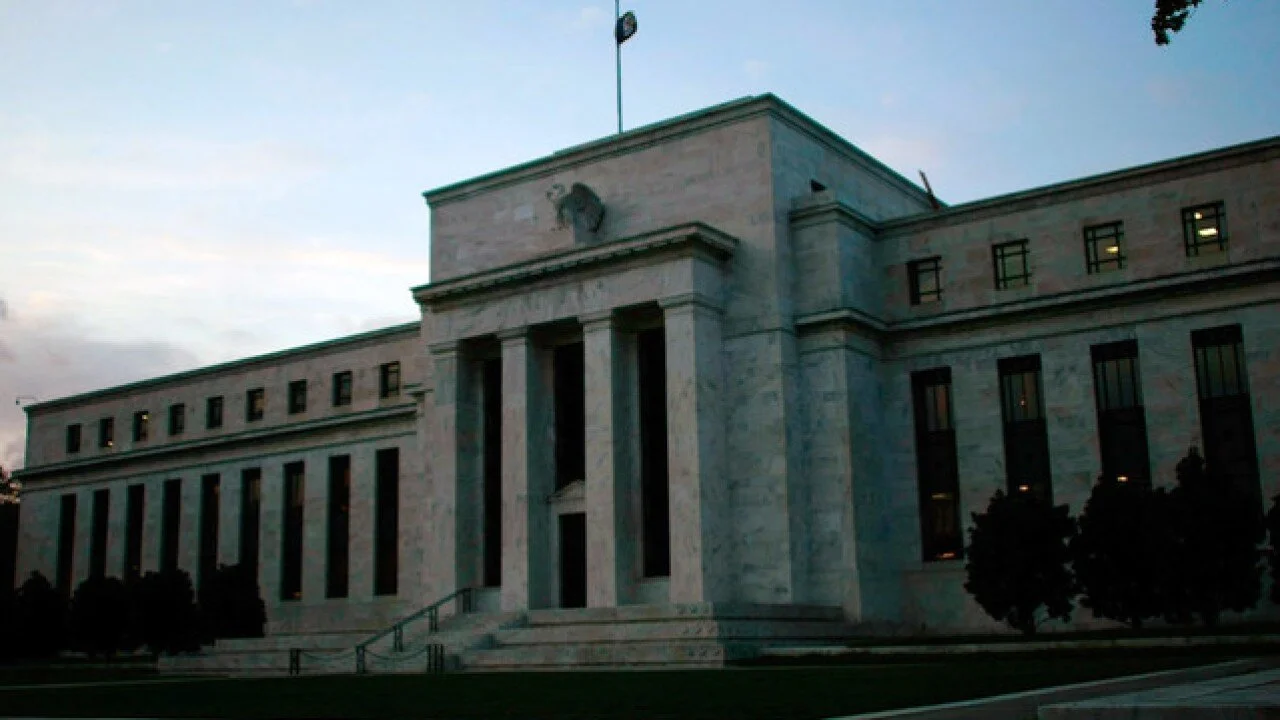I joined CBS Mornings to discuss the news out of the latest Federal Reserve meeting, including how inflation is impacting the Fed's decision to pull back on the emergency policies it put in place during the pandemic and how likely interest rate hikes next year will impact consumers.
November Jobs Won’t Deter Fed
CBS Mornings: COVID's Economic Toll
I joined CBS Mornings to discuss the stock market's drop upon news that the Fed could end some emergency COVID measures sooner than expected. Plus, what the newly-identified Omicron COVID-19 variant is doing to the economy.
Stagflation Puts Fed in a Bind
State of the Economy Part Two
Believe it or not, we're basically halfway through 2021, which means it's time for a little "State of the Economy" with our favorite numbers cruncher and overall badass, Diane Swonk, chief economist at Grant Thornton.
The Federal Open Market Committee (FOMC) unanimously voted to keep short-term interest rates unchanged and the pace of asset purchases at $120 billion per month. The statement following the June meeting was much more upbeat about the progress of vaccinations and the economy.
The bottom line is that Fed Chairman Jerome Powell tried to reassure the public and financial markets that the Fed will not allow inflation to get out of control. The Fed’s own forecast, or “dot plot” as it is called, showed a substantial move up in the timing of rate hikes. The problem for financial markets is that inflation and rate hikes are always unwelcome.
Have a money question? Email us, ask jill [at] jill on money dot com.
Please leave us a rating or review in Apple Podcasts.
"Jill on Money" theme music is by Joel Goodman, www.joelgoodman.com.
State of the Economy Part One
Believe it or not, we're basically halfway through 2021, which means it's time for a little "State of the Economy" with our favorite numbers cruncher and overall badass, Diane Swonk, chief economist at Grant Thornton.
The Federal Open Market Committee (FOMC) unanimously voted to keep short-term interest rates unchanged and the pace of asset purchases at $120 billion per month. The statement following the June meeting was much more upbeat about the progress of vaccinations and the economy.
The bottom line is that Fed Chairman Jerome Powell tried to reassure the public and financial markets that the Fed will not allow inflation to get out of control. The Fed’s own forecast, or “dot plot” as it is called, showed a substantial move up in the timing of rate hikes. The problem for financial markets is that inflation and rate hikes are always unwelcome.
Have a money question? Email us, ask jill [at] jill on money dot com.
Please leave us a rating or review in Apple Podcasts.
"Jill on Money" theme music is by Joel Goodman, www.joelgoodman.com.
The Gigantic Economic Hole
Mixed Jobs Report Bolsters Fed Rate Cut Case
How Fed Rate Cuts Impact YOU
For the first time in a decade, the Federal Reserve is likely to cut interest rates. Citing the “crosscurrents” of slowing global growth, uncertainty over trade policy, and static prices, the central bank will preemptively shave 0.25 percent from the fed funds rate, putting the new range at 2-2.25 percent.
![Jill on Money [ Archive]](http://images.squarespace-cdn.com/content/v1/59efbd48d7bdce7ee2a7d0c4/1510342916024-TI455WZNZ88VUH2XYCA6/JOM+Blue+and+White.png?format=1500w)





